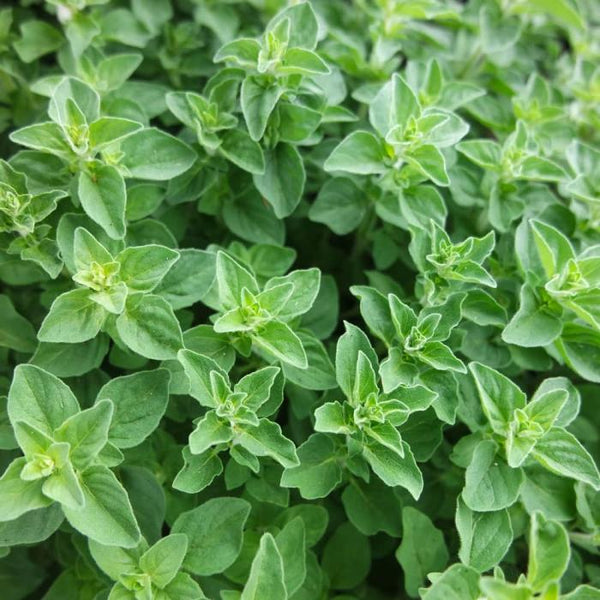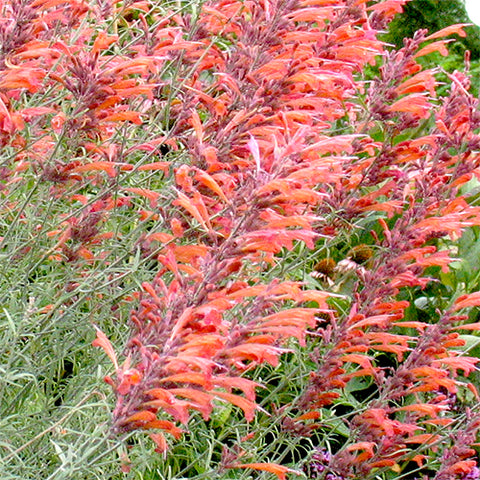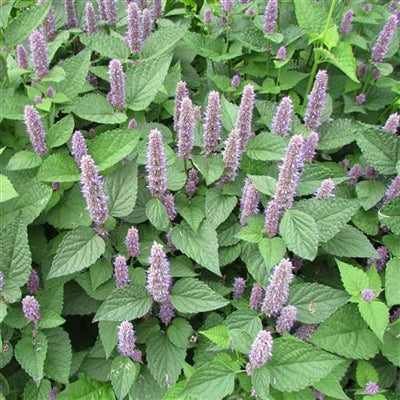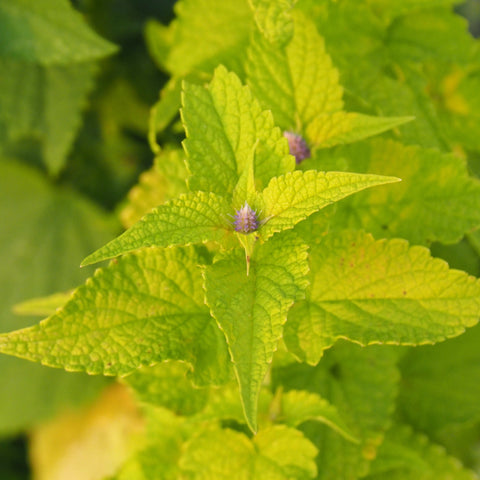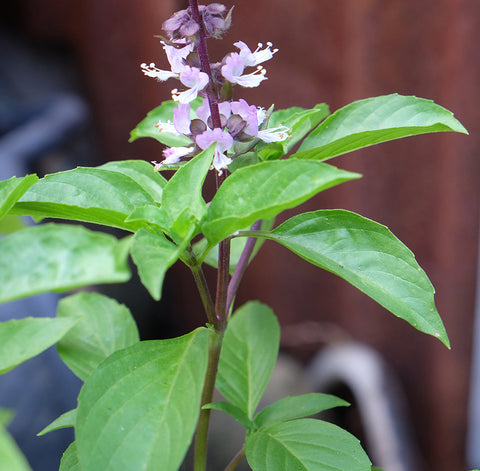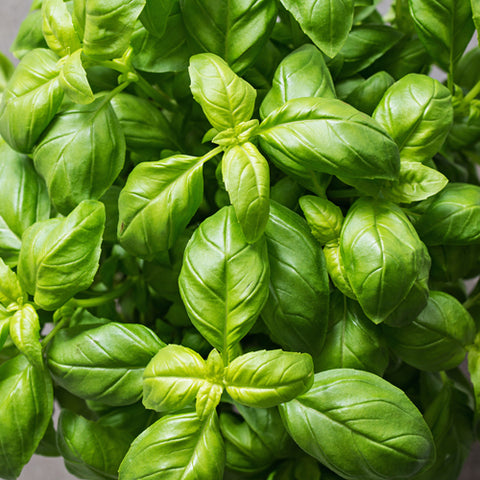Oregano, Greek (Organically Grown Seeds)
$4.79
This item may be out of season or currently out of stock. Please check back.
Description: True culinary variety! Usually survives in our Winnipeg gardens, but some report a need to protect or plant in a sheltered location. Rich aroma will make your mouth water for pizza! Use fresh or dried.
As with many other culinary herbs, oregano also has medicinal value as an aid for digestion and an anti-fungal.
Organically Grown/ Heirloom/ Open Pollinated/ Non-GMO
Pack Size: ~ 150 seeds
Latin Name: Origanum vulgaris hirtum
Alternative Names: Culinary Oregano, White Flowering Oregano (by the way, the best culinary oregano always has white flowers!)
Main Uses: Culinary herb
Zone Hardiness: Zone 3-4
Exposure: Full sun
Height: 25 cm (10 inches)
Flower Color: White (edible and very full-flavoured)
Flowering Time: Mid-summer
Seed Source: Organically grown
Germination Instructions: Germination: 5 - 7 days at 21° C.
Sowing: Indoors 4 - 6 weeks before the last frost date. Sow a small pinch of seeds per cell or plug. For best results, apply Sea Magic™ kelp from the first watering. Apply a seedling-starter fertilizer such as Evolve Seedling once the second set of true leaves has appeared, and then alternate between the kelp and seedling starter until transplant. Oregano is not well-suited for direct seeding outdoors because the seeds are very tiny.
Planting depth: Surface.
Planting Out: Plant in well-drained fertile soil (garden or container) once seedlings are established and the risk of frost has passed.
Pruning: Cut leafy growth back by up to half at any given time. Plants benefit from hard pruning in mid-summer or if brought indoors in fall.
Harvesting: Harvest frequently, using sharp scissors. Oregano is in peak flavour when in flower. All parts can be used fresh or dried.
Growing in Containers: Well-suited to a medium-sized pot (8-12 inches).
Fertilizing (Containers): Add up to 25% quality compost to your potting mix. Fertilize every one to two weeks with balanced organic plant food during the active growing season. In addition, using Sea Magic kelp weekly improves the overall health of your plants, and increases stem strength, flower-set, root development, and resilience to diseases.
Watering (Containers): This variety prefers to be grown on the dry side. Water deeply when dry to the touch, but pay attention to avoid over-frequent watering.
Growing in Mixed Planters: Well-suited for larger mixed planters. This variety does well in multi-pocket planters such as a strawberry pots.
Fertilizing (Garden): Plant in a garden bed recently amended with quality compost. No additional fertilizing is required.
Watering (Garden): Water daily for the first two weeks post-transplanting, then only as conditions require.
Garden Companions:
- The strong, pungent nature of oregano makes it a generally pest-deterring companion in the herb, veggie, and ornamental garden.
Special Requirements for Cold Climate Gardeners: Greek Oregano is a borderline hardy perennial in the zone three garden. To ensure success through most winters:
- choose a sheltered, yet the sunny location
- plant near a fence or other wind-break
- do not cut plants back after mid-August; leaving stalks alone as we head into fall improves a healthy transition to winter dormancy, and also encourages snow cover
- plant in a very well-draining location that does not experience lingering soggy conditions in spring.
Suitability for Indoors: Not well-suited for indoors, as this perennial prefers to go dormant for winter. This is a specialty crop for indoors and must be grown under lights.
What about Grow Lights? Simple fluorescent grows lights make a huge difference when wintering this variety indoors. We recommend ultra-efficient and compact T5 units, which are inexpensive and easy to install. Leave lights on for 16-18 hours per day to simulate summer daylight conditions.
General Indoor Care: During winter it is very important to avoid the dryness of forced air heating vents (likewise in summer, air conditioning vents should be avoided). Select a cool, yet sunny location for wintering this variety. Some suggestions include foyers, bay windows, cooler sunrooms, and basement or attic windows. Water deeply as the soil drys to the touch. Rinse plants under fast-flowing fresh water every few weeks to remove dust and significantly reduce the chance of pest problems.
Indoor Container Suggestions: Minimum 6" pot with excellent drainage. Avoid strawberry pots (those with multiple pockets) or other types of mixed planters.
Winter Fertilizing: Repot or refresh the soil in fall, when bringing pots indoors. Add up to 25% quality compost. During the lower-light months (October-January), fertilize monthly with a balanced organic plant food. As light levels go up, and new growth emerges, increase fertilizing to bi-weekly. If growing under lights, fertilize bi-weekly right through winter. Soluble (non-organic) fertilizers are not recommended, as these can cause burning or difficult-to-manage changes in the soil.
Winter Watering: Water deeply when the top inch of the soil feels dry to the touch. Check soil moisture two to three times per week.

